Science Made Easy: Fun Experiments and Learning Hacks for Kids

The best science experiments for kids are the ones featuring a bit of ‘magic’. These stand out not just for being fun, but for sparking interest in the processes that make the trick happen.
“Making science fun is essential to creating the most important aspect of learning: desire,” says Steve Hinkley, president and CEO of the Adventure Science Centre in Nashville, Tennessee. “When children find joy in something, they seek more of it.
Studies show that science and maths students learn best when they participate in the lesson. So, these simple ‘magic tricks’ help kids understand scientific topics. First, they’ll do the trick, then you can explain what makes it work.For more engaging ways to make learning at home, explore the Best YouTube channels for learning.
Fun Science Experiments Kids Can Try at Home
Here in my article, you can see some fun science experiment hacks that you can easily try at home without any lab etc.
Refill an empty can without any liquid
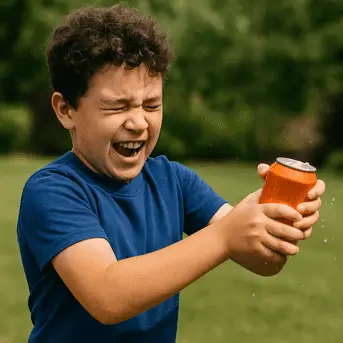
Here is a magic hack which helps to create fun for your child and also helps them for learning hacks.
You’ll need:
- Sealed can of pop
- Needle or pin
- Drinking glass
What to do:
You have kids stand over the sink and pierce the can’s top half with the needle. Drain about half of the liquid into a glass. Then crush the sides of the can until it looks empty.
Tell your kids to hold the can with one finger over the hole, then shake it. The can will look like it’s ‘magically’ refilling. If they’re performing for an audience, once the can has ‘refilled’, have them open it and take a sip.
Why it works:
Sure about that, the can isn’t refilling with liquid, but thanks to carbonation, it’s refilling with gas.
Carbonation is the process of dissolving carbon dioxide into a liquid. In things like fizzy drinks, scientists use pressure to dissolve the carbon dioxide and seal the can to keep the pressure in. Popping the top releases the pressure so the gas escapes.
Shaking a sealed can causes the dissolved carbon dioxide to bubble out of the liquid and become gas once again. But, as there’s no place for the gas to go in a sealed can, the carbon dioxide builds up. That’s why the fizzy drink will explode in your face if it’s shaken before opening.
It’s also why that if half the liquid has been drained and a finger is over the hole, when the crushed can, is shaken because the gas pushes outward on the crumpled sides of the can so it appears to be filling up. Magic!
Push a straw through a potato
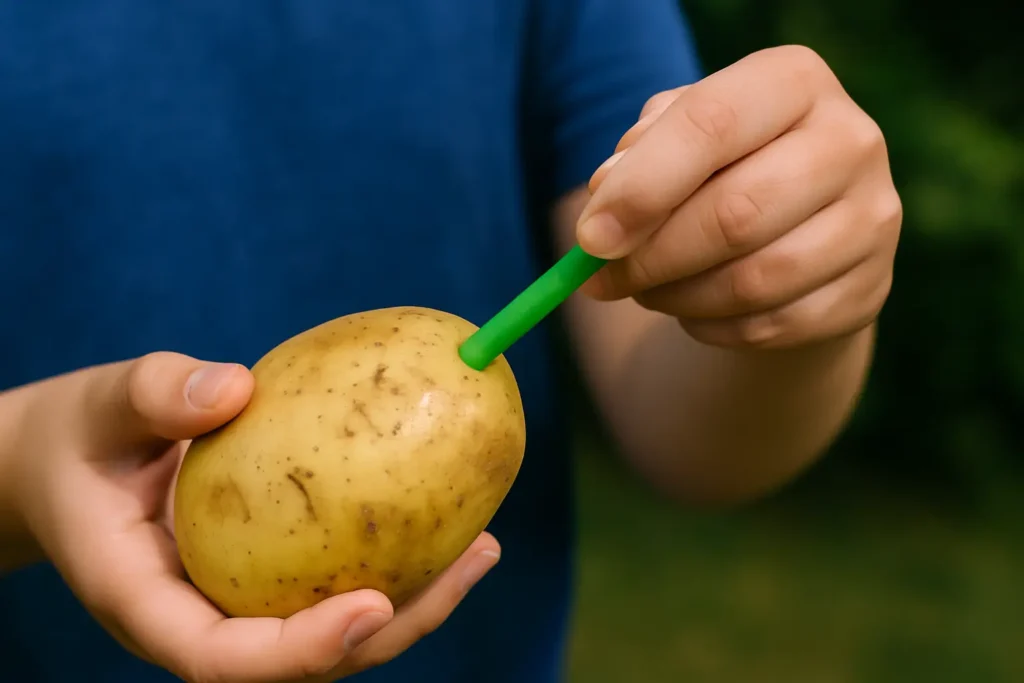
Here’s another magic fun hack for your kids to know that science is best for learning hacks.
You’ll need:
- A straw (plant-based ‘plastic’ straws)
- A raw potato
What to do:
Have kids hold the straw in one hand and the potato in the other. Ask them to try to pierce the potato. They might nick the skin, but that’s it. Now have them move their thumb over the straw’s opening and use the other end to stab the potato. This time, it should sink right in.
Why it works:
The first time the child stabs the potato, air goes in one end of the straw and out the other. But when the opening is covered with a thumb, the air is trapped with nowhere to go. So now, as the child drives the straw into the potato, they’re compressing or squeezing air into the straw.As this happens, the air begins to press outward, making the sides of the straw stronger and firmer. And the farther the straw plunges, the more air is compressed.
Put an egg inside a jar without touching it.
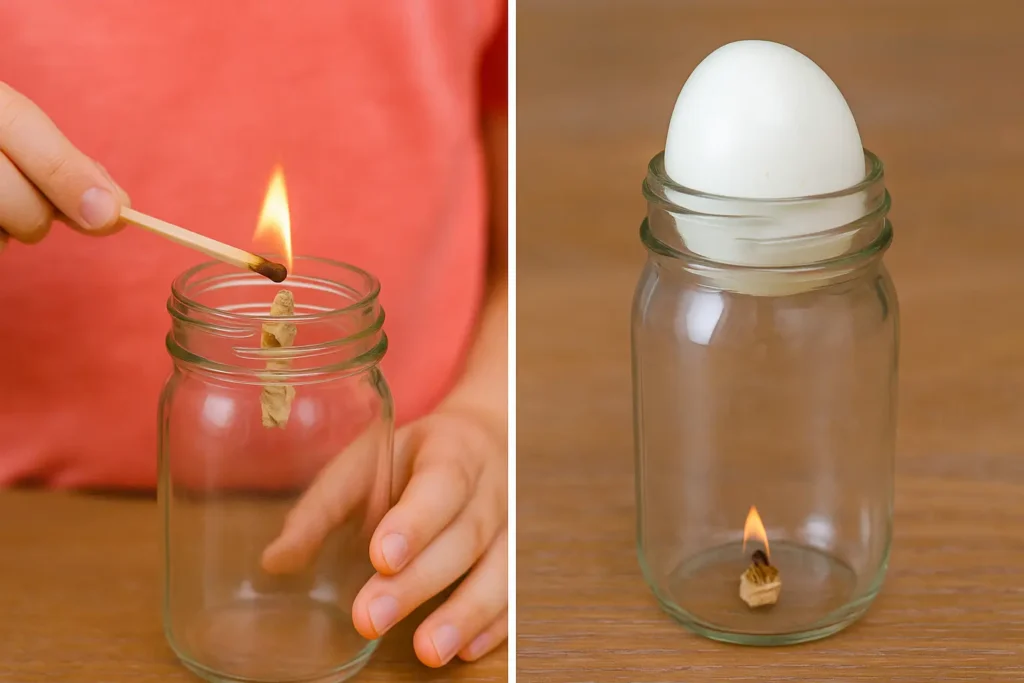
Another magic hack where you put the egg inside the jar without touching it.
You’ll need:
- Hard-boiled egg
- A Glass jar with an opening slightly smaller than the egg
- Long matches or a long lighter
- Candle or strip of thick paper, such as newspaper or construction paper
What to do:
Have kids lower the candle or strip of paper into the jar, then light it for them. They can then place one end of the peeled egg over the mouth of the jar. When the flame goes out, the egg should slowly slide inside.
Why it works:
Kids aren’t pushing the egg into the jar instead, it’s being pulled in thanks to air density.
Air is made up of tiny pieces of matter called molecules. When the molecules are farther apart, the air’s density, the amount of matter in a given space, decreases as the air expands. When the molecules are closer together, the air density increases as the air contracts.
When you light the paper, the air molecules inside the jar warm up and move around, expanding the air and decreasing its density. But when the fire goes out, the air suddenly cools, the molecules slow down and move closer together, increasing the density so the air takes up less space.
Usually, the air outside would rush in to fill the space, but now the egg is in the way! Instead, the air pressure outside the jar pushes the egg inside.
Science Learning Hacks for Kids
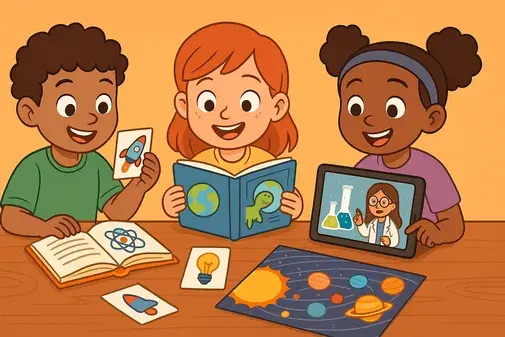
As magic hacks help you create fun and enjoyment in your life. Similarly, learning hacks are also very important for learning something cool. Here are some learning hacks for kids to make science easy for them.
Use Storytelling
The first hack is storytelling, as kids take a lot of interest in stories. Turns scientific facts into lovely stories. Such as telling the story of “Brave Water Molecule” journeying through water.
Visual Learning
Visual learning is one of the most powerful hacks for kids. Make diagrams of the solar system, human body or simple machines. Use bright colors in it and also label them.
Turn It into a Game
Use a gaming method for learning different hacks. Such as making quizzes, scavenger hunts, or flashcards. Let them “earn points” or “badges” for each topic.
Watch Kid-Friendly Science Videos
In the screening time of the kids, you must ensure to watch science hacks by using different YouTube channels to visually explain the tough concept to them.
Materials at Home That Can Become Science Tools
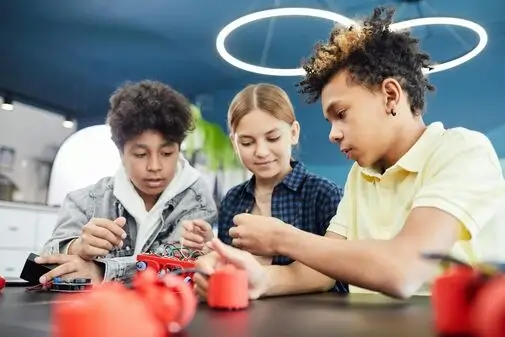
Here’s a list of everyday items you can use for easy science learning at home:
- Baking soda
- Vinegar
- Balloons
- Water bottles
- Food coloring
- Paper towels
- Cotton swabs
- Lemon juice
- Ice cubes
- Plastic cups
All these turn regular moments into science learning opportunities for kids.
Involve Parents and Siblings
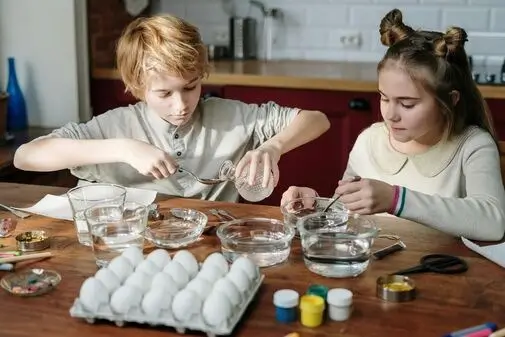
Learning hacks and creating fun moments through science can become more interesting when you involve your parents and siblings in it. Because children often learn things that their elders do.
Family participation is a huge learning hack in making science easy for kids.
For more exciting DIY science experiments and learning ideas, check out Science Fun for Everyone
Conclusion:
As we know that science has become a part of our daily life. It plays an important role in our lives. Now, with the right tools and mindset, we can make science easy for kids to learn hacks and create fun and enjoyable moments in their lives.
Remember, science does not need to be hard, it just needs to be funny and understandable, which can be done at our homes. I hope this article is helpful for you to enjoy the hacks.
